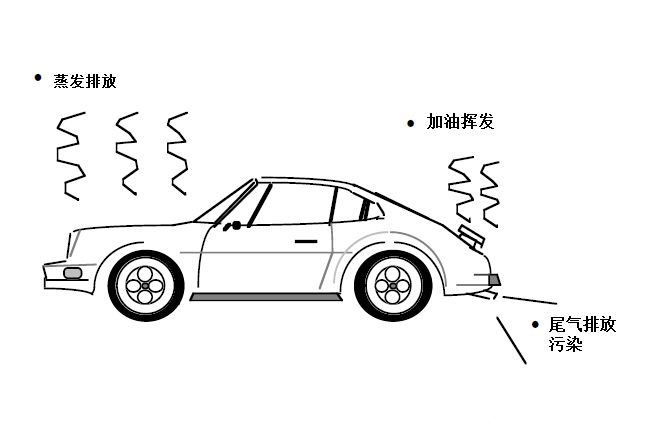The significance of developing new energy vehicles
With the development of The Times and the progress of science and technology, human life is more and more convenient, and cars have become the main means of travel for human beings. However, the increase of automobiles and the exploitation of oil have brought about the problem of environmental pollution and energy shortage on a global scale. According to the current level of vehicle fuel economy, it is estimated that the annual consumption of vehicle fuel will exceed 400 million tons, which will bring energy security and environmental problems will be more prominent. Remind you to travel green, pay attention to **.
For the global energy and environment crisis, as one of the industries that consume oil and emit the most carbon dioxide, the automobile industry cannot wait to change. Under the pressure of energy and politics, new energy vehicles will undoubtedly become the development direction of future cars. It is the focus of the global automobile industry to vigorously promote the energy saving and emission reduction of traditional automobiles and the industrialization of new energy automobiles.

Specific to the countries, it should be said that leading the development of new energy vehicles is mainly the United States, Japan and some European countries, these countries started much earlier than our country, their development also has its own emphasis.
-- The United States
The United States has long focused on the strategy of reducing oil dependence and ensuring new energy security, taking the development of new energy vehicles as an important measure to fundamentally get rid of oil dependence in the transportation field, and has determined the strategic position of new energy vehicles in the form of laws and regulations. As early as the Clinton era, the United States proposed plans to improve fuel economy as a goal, and hybrid was the main technical solution at the time. By the Bush era, the pursuit of zero emissions and zero oil dependence, the technical solution is mainly hydrogen fuel cell vehicles, and later there is a plan to achieve 20% oil substitution and savings in ten years, mainly through biomass fuel. After the international financial crisis, the Obama administration will vigorously develop electric vehicles as an important part of the implementation of the new energy strategy, put forward a total of 4 billion US dollars of power batteries and electric vehicle research and development and industrialization plans, products, choose to plug-in hybrid electric vehicles as the focus.
l Bioethanol vehicles as the core
The Renewable Fuel Standard (RFS), announced in 2007, requires that 4 percent of the energy consumed by U.S. vehicles be from renewable fuels, which amounts to about 4.7 billion gallons. That standard will reach 7.5 billion gallons by 2012.
Encourage the use of hybrid vehicles
In 2007, the United States mandated that consumers who buy eligible hybrid cars can enjoy tax credits ranging from $250 to $2,600.
l The government formulates preferential policies
In recent years, the production and consumption of fuel ethanol in the United States have been rising rapidly, and its main demand comes from alternative vehicle fuels.
